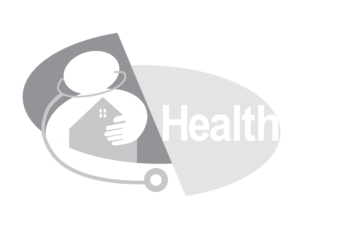The shiny “ta-da!” at the end of the tunnel. Those of us who aren’t gifted designers and copywriters harbor a healthy envy of those who are, which is, of course, why we hire them. At Willow, you’ll find them designing this and designing that. And here’s the most important thing: it all works. It doesn’t just look good, it actually works. Damn them!
No one asks us to design a brochure or a website without a reason: an expectation of what that particular piece will accomplish for them. Whether it’s to inform, promote, influence, or demonstrate, by the time that reason makes its way to the creative department, we’ve carefully fleshed out who we’re designing for and what we want them to feel, think, or do. We make decisions about visual elements, word choices, music, and tone, based on how your brand should show up in the world.
The creative is the final presentation of the idea—the telling of the story in words or in pictures, or a combination of the two. And while it sometimes starts as a doodle on a napkin or a sentence on a whiteboard, we never actually start from scratch. We pick up the process where the research and the strategy left off.



